How Much Weight Can a Toggle Bolt Hold?
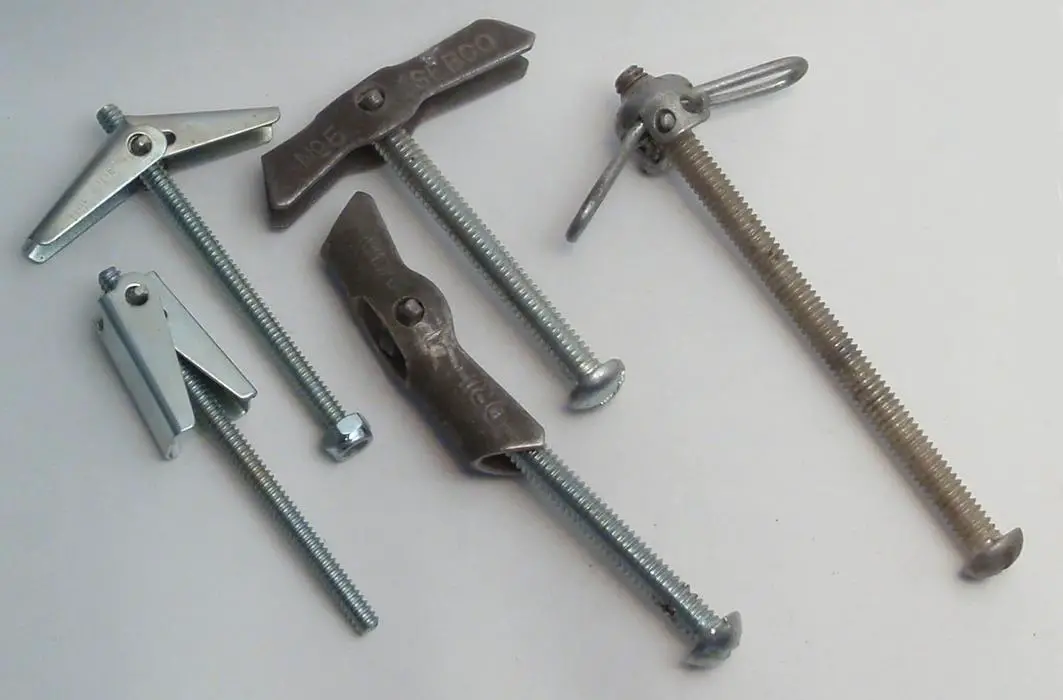
Have you ever thought about how much weight can a toggle bolt hold? If you’re a DIY-er or just want to secure heavy objects to your wall, knowing the strengths of various wall anchors is essential. The strength and durability of these fasteners play an essential role in ensuring that your possessions are securely hung. We dive deep into the realm of toggle bolts, examining their construction, installation procedure and, perhaps most important their weight-bearing capacity.
You May Like: Is Drywall Flammable: Myth or Reality?
What Is a Toggle Bolt? Toggle bolt weight capacity
Toggle bolts, often referred to as butterfly anchors are one of the most popular wall fasteners admired because of their capacity to offer solid support for walls that are hollow. In contrast to conventional screws or nails, toggle bolts employ a unique mechanism for distributing weight over a greater area, which ensures durability and stability. But determining the exact weight that a toggle bolt will hold isn’t as simple as you might believe.
A variety of factors affect the capacity to hold the weight of toggle bolts, such as the size of the bolt its composition and the wall’s thickness, and the technique of installation used. Also, knowing the various kinds of toggle bolts that are available, such as strap-style or wing-style versions and strap-style bolts, is crucial to making the right choice for the specific job you are planning to use.
In the next sections, we’ll examine these aspects in-depth and provide you with useful information about the maximum weight the toggle bolt is able to hold. When you’re looking to put up shelves, hang artwork that weighs a lot, or mount TVs on walls A thorough understanding of toggle bolts can help you to make informed choices and ensure the security of your projects.
Let’s begin this fascinating journey to decode the mysteries of the capacity of toggle bolt to hold weight. bolts and learn the most effective methods to ensure an effective and durable installation.
Types of Toggle Bolts
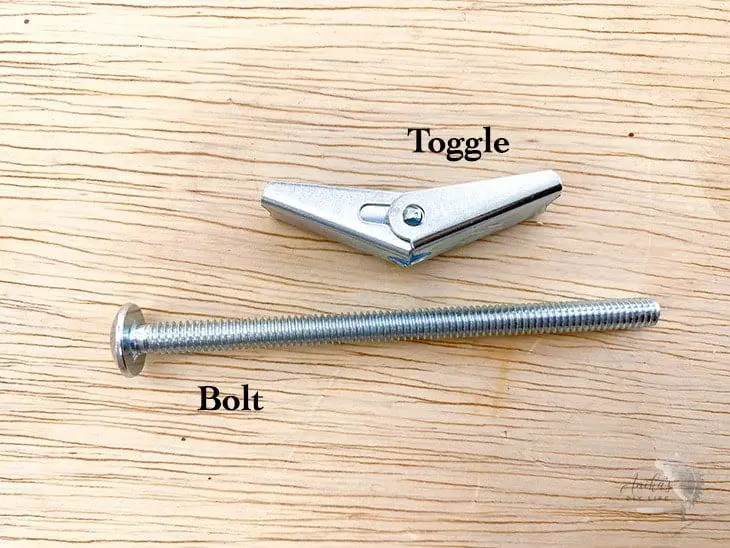
When hanging large objects on walls that are hollow like cabinets, shelves, or even TVs mounted on walls choosing the correct wall anchor is vital. The most secure option is toggle bolts. Did you know there are a variety of bolts for toggles? We’ll go over different toggle bolt types that are designed specifically for application, to help you make a well-informed choice for your next project.
Standard Toggle Bolt To Hold Weight
The traditional toggle bolt is the most popular and commonly utilized type. It is made up of a spring-loaded toggle and threaded bolt. This design is timeless and provides the security of a hold with the help of expanding grabbing the wall’s backside as the bolt tightens. Bolts that are standard for toggles are flexible and can withstand medium-weight loads, which makes them ideal for a variety of applications in the home.

Snap Toggle Bolt To Hold Weight
If you’re in search of an adjustable toggle bolt that provides an easy installation process and durability, the snap bolt is a great option. It is designed with a smart design that allows for a quick and simple installation without the requirement of additional tools. Snap toggle bolt features two wings loaded with springs that fold in a neat manner for placement through a hole that has been pre-drilled. After being inserted into the wall the wings expand and provide a strong anchor point. Bolts are able to handle large weight loads, which makes them suitable for applications that require a lot of force.
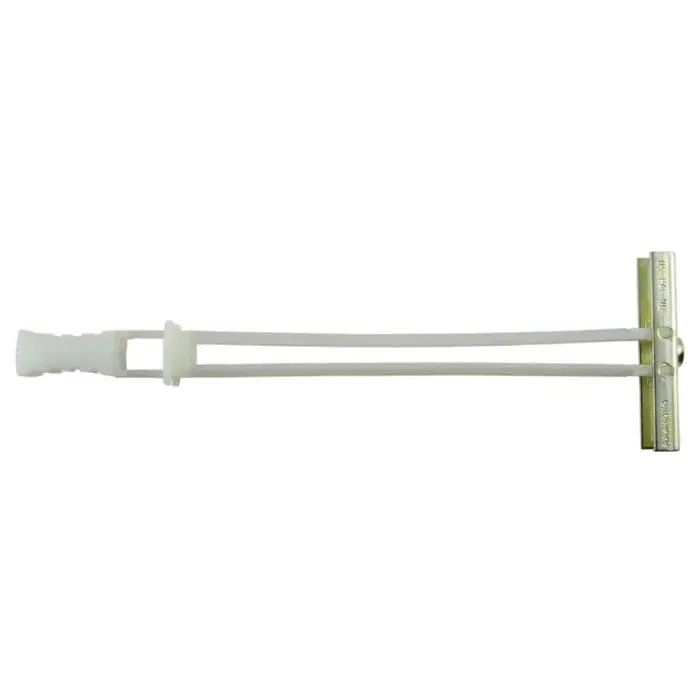
Strap Toggle Bolt To Hold Weight
If you want to spread weight across a larger space to provide stability this Strap toggle bolt can be a great choice. This kind of toggle bolt comes with an aluminum strap rather than the standard metal toggle. The strap is put into the wall and when the bolt is tightened, it pushes the strap towards the back of the wall. This creates an additional surface to allow for weight distribution. The bolts for strap toggles are strong and are able to hold a significant weight which makes them ideal to hang large, heavy objects securely.
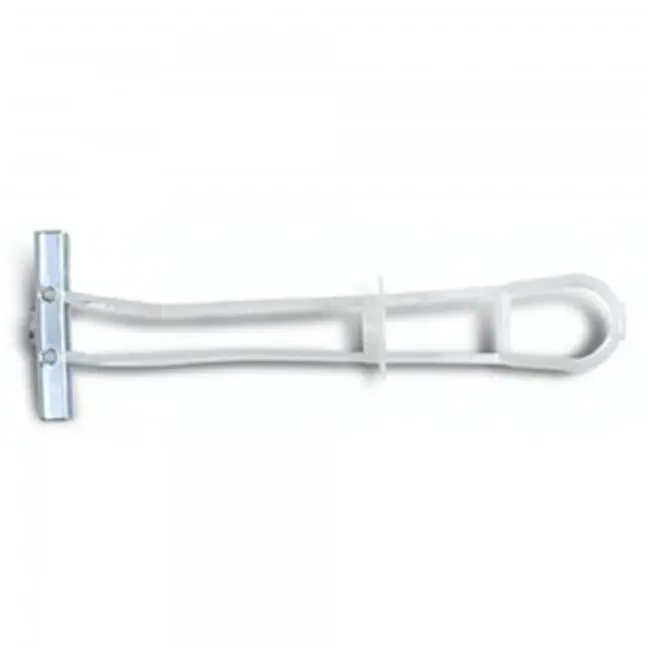
Spring Wing Toggle Bolt To Hold Large Weight
If you’re looking for a toggle bolt that is able to combine ease of use and effectiveness this spring-wing toggle bolt will fit the right description. It features two wings made of metal which open behind the wall once the bolt is put in to provide a strong anchor point. This spring-wing style permits easy removal and installation and makes it an ideal option for short-term or regular installation. Bolts for spring-wing wing variety are able to be able to handle moderate weight loads and are typically used to hang lightweight objects like mirrors or frames for pictures.
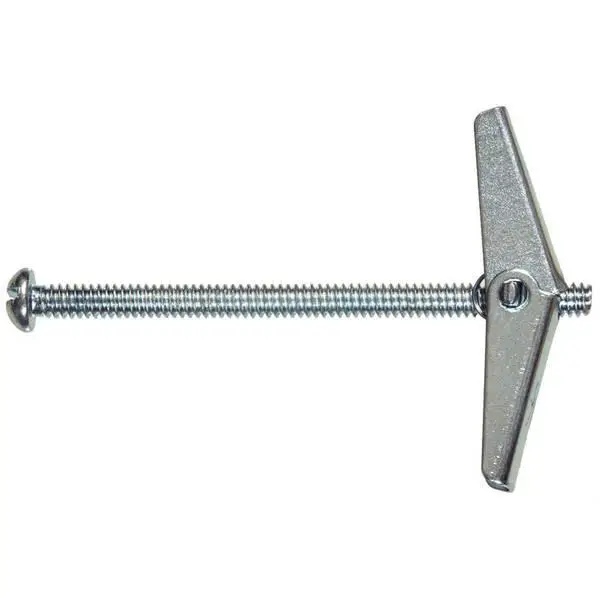
Toggle Bolt with Hook: Best Bolt To Hold Weight
If you’re looking to hang things using hooks, like coats, hats, or keys, a toggle bolt with a hook is an ideal solution. It has a hook made of metal that is attached to the end of the bolt with threads permitting you to hang things directly by the bolt’s anchor. This kind that toggles bolt is suited for applications that require lightweight and are often employed in closets, entryways, or mudrooms.
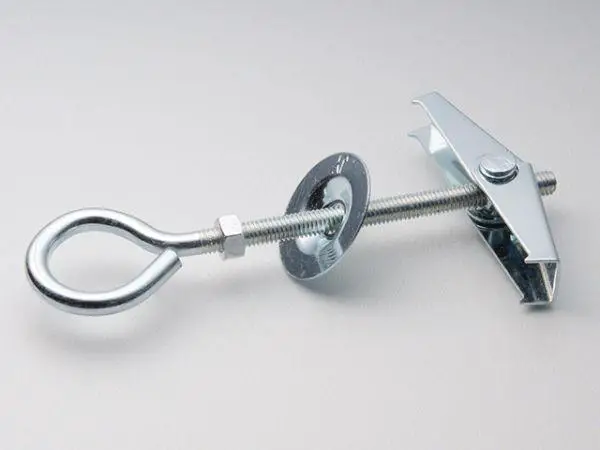
Hollow Wall Anchors with Toggle Bolt The Strength of Stability
If you have to deal with thin or weak walls hollow wall anchors that have toggle bolts can be used to help. They are specially made to spread the weight across a wider space, thus preventing damage and tension on walls that are fragile. Hollow wall anchors generally comprise the anchor in metal or plastic which is able to expand behind walls, offering stability as well as support. The toggle bolt provides an additional layer of durability, making this arrangement ideal for the mounting of objects on the wall or on the paneling.
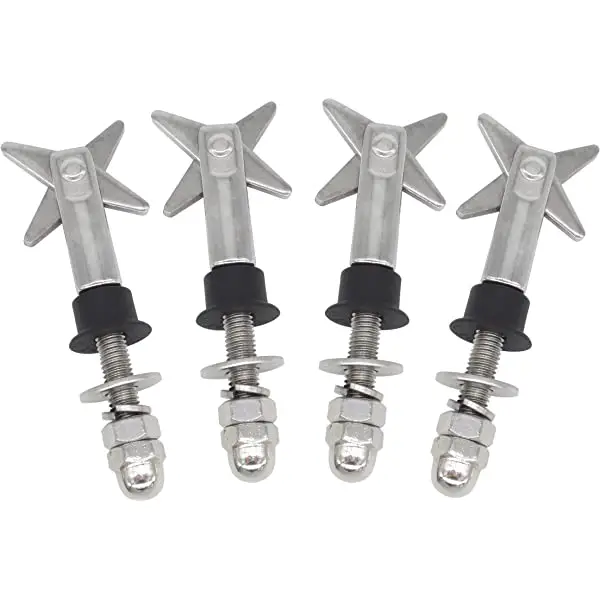
Toggle Bolt with Eyelet To Hang Weight
The toggle bolt that has an eyelet gives you a range of hanging options. It comes with a tiny eyelet, or loop of metal which is attached to the top of the bolt. The loop permits the easy attaching of hooks, wires, or chains, allowing users to hang a range of objects safely. Toggle bolts that have eyelets are typically employed in craft rooms or workshops, as well as garages where the flexibility of hanging arrangements is required.
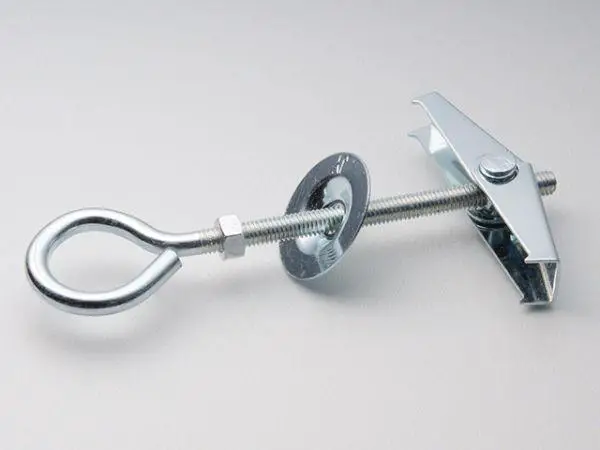
Toggle Bolt with D-Ring To Hang Weight
If you are looking for a secure method of hanging objects which requires a D-ring attachment using a toggle bolt and D-ring attachment is a great option. The D-ring, usually composed of metal is integrated inside the bolt’s threaded nut, thereby providing an anchor point that is reliable to hang heavier objects. This kind that toggle bolts is usually employed in situations such as hanging large mirrors, artwork, or even hanging gym equipment.
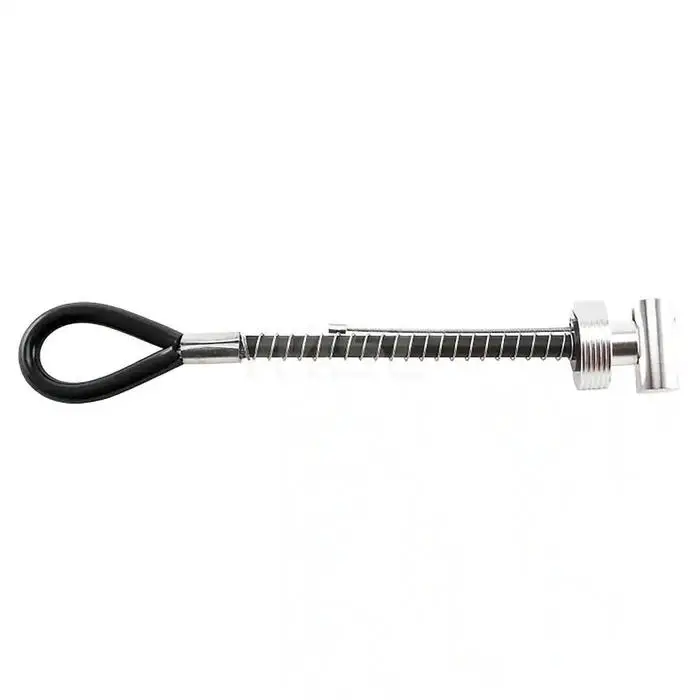
Weight Limits for Toggle Bolts: Understanding the Toggle bolt weight capacity
When hanging objects with confidence on walls with hollow spaces, knowing the weight limitations of toggle bolts can be vital. Toggle bolts are available in a variety of sizes, each having its own capacity for weight bearing. Knowing the weight limitations lets you select the right toggle bolt size to meet your particular installation requirements. This article will examine what are the weight capacities of the most common toggle bolts, and provide the reader with useful information to make sure you have a secure and secure mounting solution.
1/2 toggle bolts weight capacity
If you have heavier, larger objects to hang, a 1/4″ toggle bolt would be the best option. With a weight capacity of about 100 pounds (45 kilograms), These heavy-duty toggle bolts are able to handle massive loads. They’re ideal to hang larger shelves, cabinets, or even wall-mounted TVs.
1/4 toggle bolts weight capacity
This 1/4″ toggle bolt, sometimes called a 6mm toggle bolt is the smallest available size. Although it’s tiny in terms of dimensions, it has an adequate capacity for weight bearing. On average, a 1/8″ toggle bolt is able to hold about fifty pounds (22.7 kilograms) of weight. This is why it’s ideal to hang light items like tiny shelves or decorative objects or artwork that is lightweight.
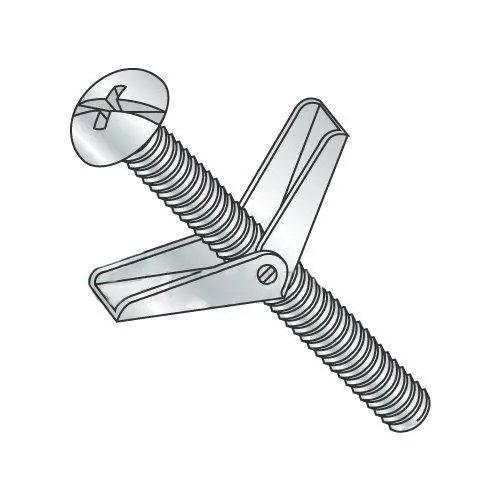
1/8 toggle bolt weight hold capacity
1″ toggle bolt sometimes called the 3mm toggle bolt is the smallest size that’s available and is mostly used for light-duty purposes. The bolts are rated for an approximate weight capacity of about 25 lbs (11.3 kg). They can be used for hanging things that are light like small picture frames, or light ornaments.
3/8 toggle bolts weight capacity
A 3/8″ toggle bolt, which is equivalent to the 9.5mm toggle bolt gives an increase in weight capacity when compared to the size of 1/4″ size. The bolts typically can hold approximately 75 lbs (34 kg) in weight. This means they are perfect for hanging slightly larger items like shelves of medium size smaller cabinets, and mirrors.
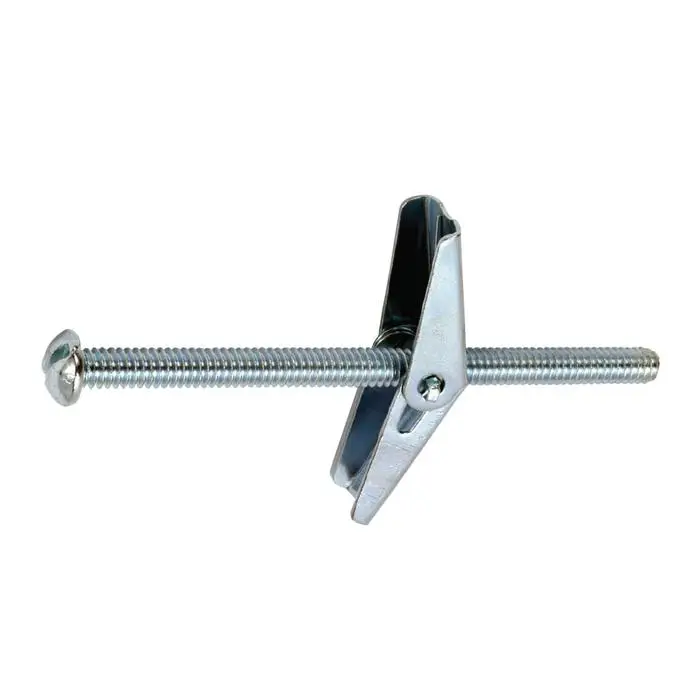
Important Considerations: How toggle bolts work
Although the weight limitations mentioned above are an overall guideline, it’s important to take into consideration a few variables which can impact the weight capability of toggle bolts.
- Wall Strength: Wall Strength weight capacity of the toggle bolt is determined by the strength and durability of wall materials. If you have an unsound or damaged wall and the weight capacity might be diminished. It’s essential to determine the condition of your wall and make any needed repairs prior to installing the toggle bolts.
- Installation Method: Proper installation is essential to achieve the highest weight capability of the toggle bolts. Follow the instructions of the manufacturer and make sure the bolts are secure and snug fit are essential. Incorrect installation could cause the anchor to become weaker and reduce its weight capacity.
- Distribution of Load: Distributing weight evenly across several toggle bolts can improve general stability as well as weight capacity. If you’re hanging huge shelves or heavy objects you might want to consider using several toggle bolts spread out equally to ensure a better distribution of load.
- Materials Compositions: The content of the toggle bolt could affect the weight capacity. Better-quality toggle bolts made from strong materials will generally be able to hold greater loads than less-stiff alternatives.
Toggle Bolt Ability Difference Between Hollow Walls and Solid Walls
Toggle bolts are typically employed in solid and hollow walls, however, their efficiency can differ based on the wall kind. Understanding the particulars of the various wall types is essential to determine the proper use of toggle bolts.
Hollow walls: Toggle bolts are particularly useful for hollow walls. These are usually made from substances like plasterboard or drywall. They are hollow due to the space in the middle of the wall’s surface, which makes it difficult to get a solid hold with nails or screws. Toggle bolts are a solid anchoring option by expanding and securing the backside of the wall, spreading weight across a wider area. They’re designed to hold significant weight in walls that are hollow making sure that your structures remain safe and secure.
Solid Walls: Although toggle bolts are still used in solid walls their efficiency may be diminished. Solid walls, for instance, brick, concrete, and stone walls, provide an extra-large and sturdy surface to mount large objects. In these instances, other anchoring techniques including anchors made of concrete or expansion anchors, could be more suitable. These anchors are designed specifically for walls that are solid, ensuring an extremely secure hold in the dense building material.
It is essential to determine the type of wall before selecting the right anchoring technique. Although toggle bolts are flexible and can be used in the hollow wall, solid walls could require various anchor types to ensure an effective and secure installation.
How to Install Toggle Bolts
The installation of toggle bolts can be a simple process that involves just only a few steps. This guide will assist you in installing toggle bolts correctly:
Steps
- Choose the location for installation Find the precise spot in which you would like to place the object. Be sure that there isn’t anything in the wall’s way, for example, electric wires or pipes.
- The hole must be pre-drilled. Use a drill bit that is suitable to make a hole in the wall. The diameter of the hole must be equal to the size of the toggle bolt. Use the guidelines of the manufacturer regarding the size of the hole that is recommended.
- Install to the Toggle Bolt: Insert the hinged wings of the bolt through the hole in the wall. Make sure that the machine-threaded part of the bolt does not touch the wall.
- Open the wings: After the toggle bolt has been inserted and the toggle bolt is pulled back, you can pull on the bolt head or toggle nut to release the wings that are behind the wall. Be sure that the wings are completely open and flush with the interior of the wall.
- The bolt should be tightened: Start to tighten the bolt, turning counterclockwise. When you tighten it, the wings will push against the back of the wall which will secure the toggle bolt to the wall. Keep tightening the bolt until it is secure on the wall.
- Examine for stability Check for Stability: Gently pull on the bolt to make sure you are properly secured behind the wall. In the event that the toggle bolt is unsteady or unstable, then it could need to be adjusted or replaced with a larger torsion bolt.
- Attach the object to the bolt Attach the Object: Once you have the toggle bolt secured fixed, you can connect your object to the bolt with the supplied hardware and thread screws through the machine-threaded ends.
Important to remember how much weight can a toggle bolt hold
It is important to remember this: the weight ability of a toggle bolt will depend on many factors, such as the size and type used for the bolt as well as the thickness of the wall, as well as the proper placement. Always follow the manufacturer’s directions and weight guidelines for your particular toggle bolt to ensure a secure and secure installation.
Conclusion
In the end, the installation of toggle bolts is an incredibly straightforward process that can provide solid anchorage for objects within hollow walls. If you follow the steps of drilling the hole, then insert the bolt for the toggle, releasing the wings before tightening the bolt, and examining its stability you will be able to be sure of an effective installation. Be sure to take into consideration what are the weight capacity and the specifications provided by the manufacturer of your particular toggle bolt. A proper installation and respect for weight limits are essential to maintaining the stability and security of the objects you have mounted. Through toggle bolts, it is possible to securely hang a range of objects from hollow walls with the confidence that they’ll be securely secured.



